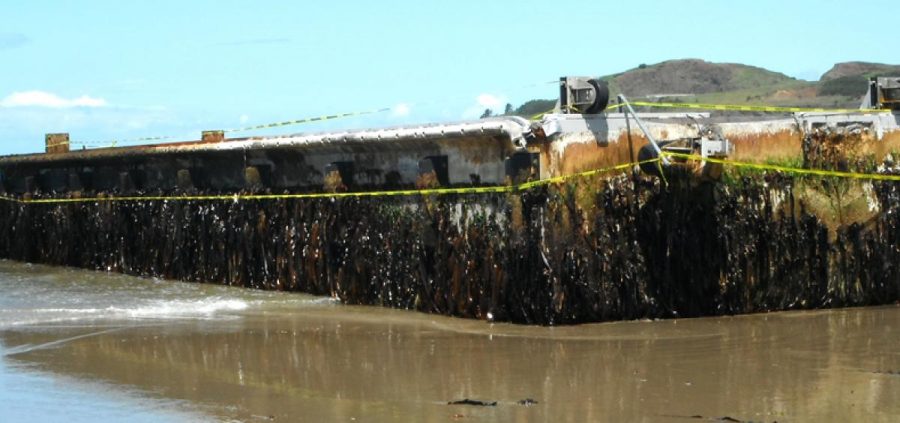An alarming rise in the spread of bacteria and phytoplankton from their indigenous environments into unsuitable ecosystems has become a rising concern since the middle of the twentieth century onwards. This article will discuss how this migration is happening so fervently, and what the concerns are all about.

The Process of Aquatic Bioinvasion
Almost every species of aquatic life has been pumped into the ballast of a ship or found its way onto the hulls of more antiquated ships and then pumped out into foreign waters. One of the reasons as to why this process is so concerning is that only the strongest and most advanced of aquatic species can survive the long and intense journey from their homes to alien shores. This means that a staunch population will now be inappropriately introduced into the environment, one that may very well be more powerful than the indigenous populations, and will be highly populated and numerous in size to pose a sufficient enough threat. Such a phenomenon often occurs with phytoplankton.
Taking a Closer Look at Microorganisms with Information Technology
Monitoring the titanic influx of microorganisms is something which requires some very sophisticated technology. As it is virtually impossible to properly count the trillions of microscopic organisms that make it onto water ballast tanks, only estimates can be produced. This is done through the usage of advanced software which is able to provide relatively accurate measuring.
This is an essential service which scientists and environmental authorities could not properly manage the influx of such bacteria and microorganisms without. This information is correlated and allows for the creation of trends, allowing for proactive curbing of potential disease and bioinvasion to become something which is highly accurate and effective.
The Indirect Invasion of Phytoplankton
The microscopic phytoplankton, who are also called microalgae, are almost like earthbound plants in structure, in that they produce chlorophyll as a nutrient with the aid of sunlight. They will mostly reside in the upper echelons of the ocean’s surface, always needing to be in close proximity to sunlight in order to survive.
These very tiny organisms will generally be pumped into water ballast tanks on a huge scale, largely due to their omnipotent presence in ocean water. Despite their reliance on sunshine, they can, in fact, survive for extended periods of time in the utter darkness of ballast tanks. Many of these beings will enter a protective, hibernation-like form as sleeping cysts. Hundreds of phytoplankton species can be discovered on average when investigating a returning ship’s ballast tank.
The Global Spread of Bacteria
Waterborne diseases have been causing plagues and epidemics since humans first walked the earth. For some reason, however, scientists have failed to take into account the potential severity of nonindigenous microorganisms being shipped to and fro between the earth’s oceans. At any given moment, there are countless levels of pathogens being conveniently transported around the world.
These microorganisms outnumber their other stowaways greatly, being around six to eight times more prevalent than their larger counterparts. Bacteria can reproduce in almost any environment at a monumental rate, and can easily survive the conditions within a ballast tank. In fact, the dank and musty conditions within one of these tanks can often propagate their growth.
